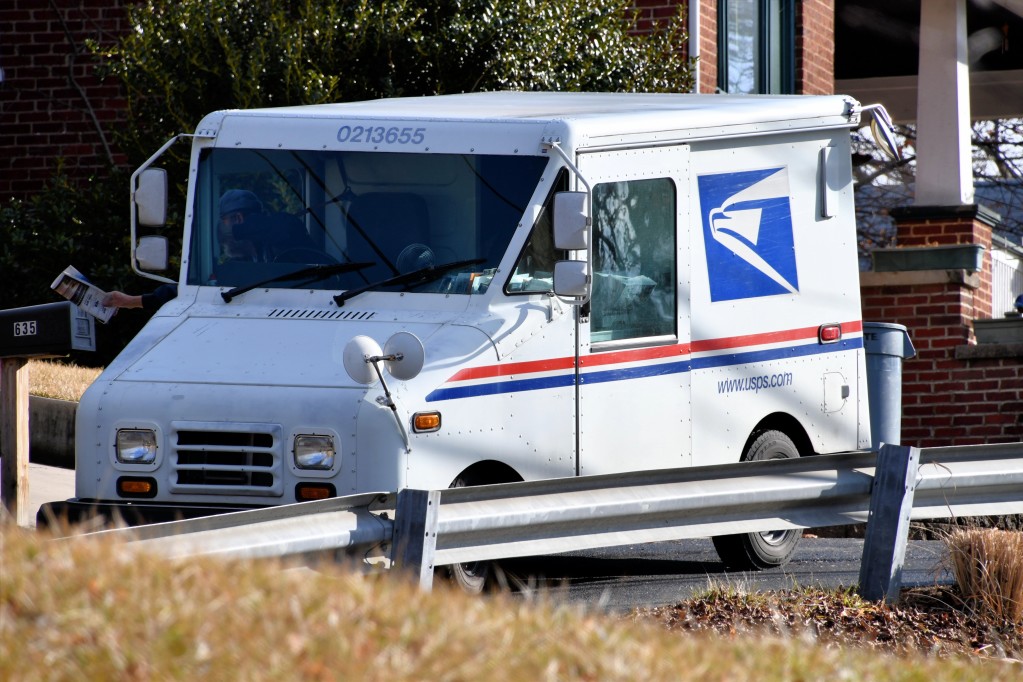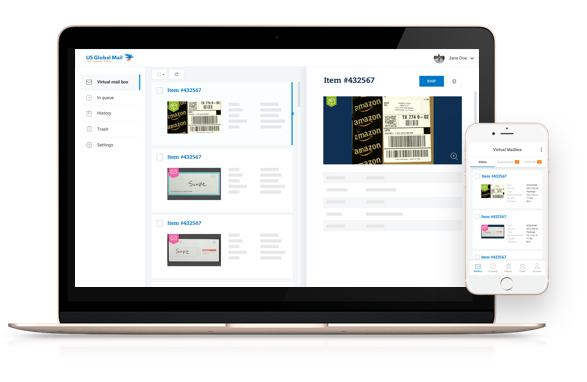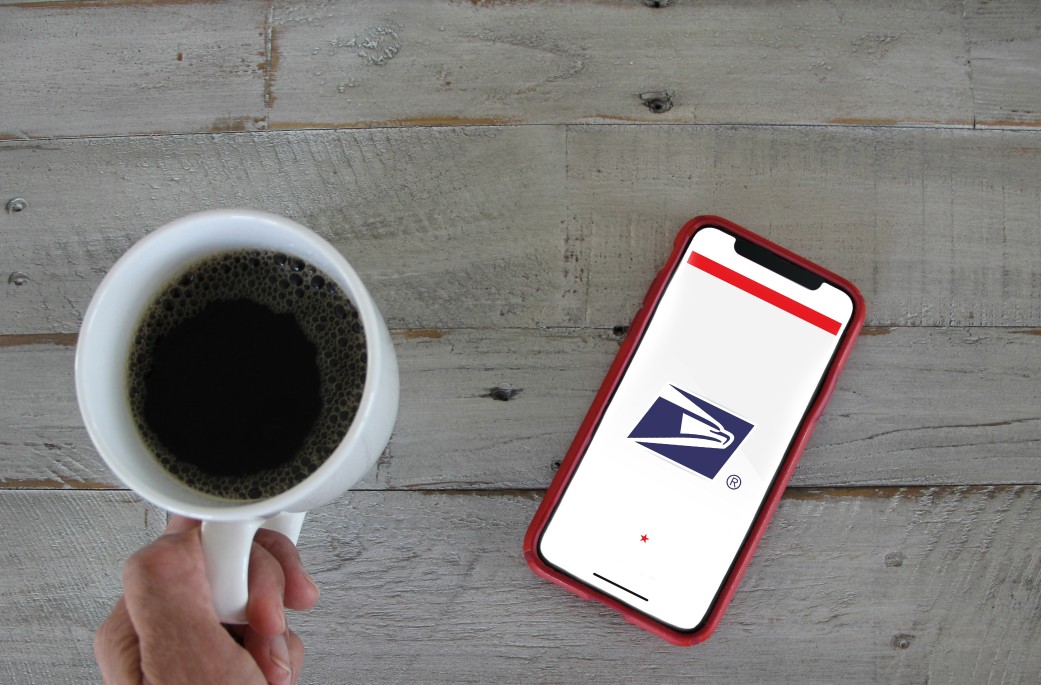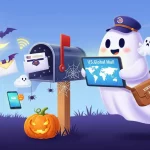One of the most popular ways to send mail in the United States is the USPS, which handles millions and millions of USPS Priority Mail pieces every single year.
Faster than First Class mail, but not significantly more expensive, this mail delivery method is speedy, reliable, and consistent. A lot of people like the fact that they have an opportunity to send mail based off of the weight and dimension of the package or parcel they are shipping, and a lot of people also take advantage of the Flat Rate Priority Mail boxes and envelopes, too. This service was also designed to get mail to its ultimate destination within one, two, or three (maximum) business days, sometimes it takes Priority Mail a little bit longer to arrive – especially recently, with so much mail moving through the USPS infrastructure.
Other than speed, though, the big benefit of using Priority Mail on the USPS is that it offers very accurate and up-to-date tracking information (for the most part). Below we dig a little bit deeper into how Priority Mail tracking works throughout the USPS system, what you need to know about leveraging this tracking information to make life a little easier, and how you can get even more information about the packages, parcels, and letters that hit your mailbox with an exciting service not available through the USPS.
Let’s get into it!
![]()
How Does USPS Mail Tracking Works?
Every USPS Priority Mail shipment includes built-in tracking, allowing both sender and recipient to monitor its journey in real time. Each time a package moves through a USPS facility — from local post office to regional distribution hub to airport or delivery vehicle — its barcode is scanned, updating the tracking information instantly. These scans form a live digital trail showing exactly where your mail is within the USPS network.
This detailed tracking system provides more transparency than many private carriers. While services like FedEx or UPS often rely on estimated delivery milestones, USPS performs physical scans at every hand-off point, giving you precise visibility into your shipment’s progress instead of rough timeframes.
USPS also uses Mobile Delivery Devices (MDDs), introduced in 2013, to enhance real-time tracking. These handheld scanners capture GPS coordinates along the carrier’s route, syncing location data with each package’s barcode. That means you can see when a delivery is out for drop-off, get estimated arrival times, and receive instant notifications the moment the MDD confirms delivery within 10 meters of your address.
This technology has transformed USPS tracking from a simple status log into a real-time delivery intelligence system — improving accuracy, boosting delivery speeds, and giving customers unprecedented visibility into every step of their mail’s journey.

Does USPS Priority Mail Include Tracking for Free?
Yes; USPS Priority Mail includes free tracking on every shipment. Unlike First Class mail and certain other USPS services where tracking costs extra, Priority Mail automatically comes with end-to-end tracking at no additional charge. Every package, parcel, or envelope sent through Priority Mail is scanned into the USPS system and given a unique tracking number so you can follow its progress in real time.
This tracking number provides full Product Tracking and Routing (PTR) details the moment your shipment is accepted. You’ll see exactly when it’s processed, when it departs or arrives at each USPS facility, and when it’s out for delivery — giving you a clear, time-stamped view of your mail’s journey from start to finish.
You can find your tracking code printed directly on your shipping label, or — if you ship from a local post office — on your receipt. Keep this number handy to monitor your package’s movement online or through USPS notifications.
While add-ons like insurance or signature confirmation may cost extra, tracking is always free with USPS Priority Mail. It’s one of the built-in perks that make Priority Mail the go-to choice for reliable, traceable delivery within 1–3 business days.
While you will have to pay for tracking information when you choose (or other types of mail pieces), that’s never going to be something that you have to worry about when you use Priority Mail through the USPS. Instead you’re going to get 100% free tracking information – complete tracking information – included with every Priority Mail package, parcel, or envelope that you choose to send out.
Adding Instant Notifications for Tracking Updates
USPS now offers an easy way to get instant notifications about every update to your mail’s tracking status. Whether you prefer text alerts or email, you can follow your Priority Mail package step-by-step as it travels through the USPS network — no need to keep refreshing the tracking page.
To set it up, go to USPS Text Tracking and enter your tracking number. Then select “Text and Email Updates.” A new section will appear where you can choose how you want to be notified. Once enrolled, USPS will automatically send updates every time your package is scanned — whether it’s arriving at a regional hub, being sorted for the next leg of its journey, or out for final delivery.
Notifications stay active for two weeks from the day you sign up, giving you near real-time visibility into every movement of your shipment. You’ll know right away if your delivery is delayed, ahead of schedule, or out for drop-off — without having to log in or check manually.
Prefer to manage everything by phone? You can also activate USPS Text Tracking directly from your device. Just send a blank text to 28777 (2USPS), and USPS will reply with setup instructions. Once confirmed, you’ll start receiving text alerts for your Priority Mail items within minutes.
If your package still hasn’t been delivered after the two-week window (which is rare but can happen, even with Priority Mail), simply re-enroll in Text Tracking to continue receiving updates until your mail arrives safely at your door.
You can also sign up for these kinds of services by contacting USPS directly and setting up on your phone. All you have to do to get that set up is send a blank text to 28777 (2USPS). Detailed information and step-by-step instructions will be texted back to your device to help you get your Text Tracking confirmed for the Priority Mail you want to keep a closer eye on. Text Tracking through the USPS also adheres to that same two-week window that we mentioned earlier.
After two weeks, if your package hasn’t been delivered (and with Priority Mail it should have been) you’ll be able to reinitiate text tracking until it arrives at your doorstep.

What Do I Do If My Tracking Hasn’t Updated in a While?
Even with today’s advanced technology, USPS tracking updates aren’t always perfectly consistent. While the system has improved dramatically over the past decade, occasional delays or gaps in tracking activity can still happen — especially during the middle stages of the mail’s journey.
It’s common for a Priority Mail package to go a day or two without new tracking data, only to show up at your doorstep without warning. This usually occurs when automated equipment processes large volumes of mail and a scan doesn’t register at one of the intermediate facilities. The item is still moving through the network — it just hasn’t hit a scanning checkpoint recently.
You’ll always see the most accurate information when your shipment is directly handled by USPS personnel, such as when it’s first accepted at the post office, processed at the final destination hub, or scanned by a Mobile Delivery Device (MDD) on the carrier’s route.
So if your tracking appears “stuck” or hasn’t updated for a day or two, don’t panic. Priority Mail is still among the most reliable USPS services, with most deliveries arriving in 1–3 business days. If there’s a real delay — for example, a routing error or weather disruption — the tracking status will typically refresh within that three-day window once the package is scanned again.
In short: no movement doesn’t mean no progress. Your mail is almost always still on the way, just between scans in the USPS system.

What to Do If It’s Been More Than 3 Days
If your USPS tracking hasn’t updated for more than three business days, it’s worth taking a few quick steps to make sure your package hasn’t gone missing.
-
Double-check your tracking number on the USPS Tracking page. Make sure it’s entered correctly — even a single typo can lead to a “no results found” or outdated information.
-
Verify the shipping date. Priority Mail normally arrives within 1–3 business days, but delivery can take longer during holidays, severe weather, or peak shipping seasons.
-
Contact your local post office. Sometimes, packages are already at your nearest facility waiting for the final delivery scan. Your local branch can look up internal tracking notes that aren’t always visible online.
-
Submit a USPS Missing Mail Search request. If more than 7 days have passed since the last scan, visit the Missing Mail form to file a search. USPS will trace the package through its network and send updates to your email.
In many cases, the package simply resurfaces and continues moving toward its destination once it’s rescanned. But if the search confirms it’s lost, you can file an insurance claim for reimbursement — especially if you purchased additional coverage or are using a service that includes insurance by default.
When in doubt, stay proactive. USPS tracking delays are often just temporary hiccups in the system, and checking early helps you get your mail moving again faster.
What’s the Expected Delivery Window?
The expected delivery window is provided to Priority Mail customers based off of a couple of different things. For starters, the USPS (since they handle billions of pieces of mail every year) as data and information about how long it takes for packages and parcels to move through the mail system – from one location to the next – that they are always improving the accuracy of. This allows the USPS to give you a general idea of when you’re Priority Mail package is expected to arrive at its destination, but then they go another step further.
Every time your package or parcel gets scanned in the USPS infrastructure that estimate is updated based off of the location of that scan. This means that the USPS is always looking to see if things are moving faster or slower through the infrastructure, how they can be improved and streamlined, and how long it’s going to take (generally) for your package to arrive. You might notice your expected delivery window to shift and change a little bit throughout the tracking process. This is especially true if your package hits delays (like extreme winter weather delays, for example) somewhere along the chain but then gets rapidly accelerated towards the delivery because that end of the system isn’t quite as bogged down. All in all, though you should be able to use the expected delivery window information as a great “rule of thumb” and ballpark estimate of when you’re Priority Mail is going to arrive at its ultimate destination.
Can I Access Tracking Information After My Package Was Delivered?
Tracking information is maintained by the USPS for a lot longer than most people realize, especially when you are talking about Priority Mail delivery services. You’ll be able to access your complete tracking information for your Priority Mail package, parcel, or envelope for 120 days (or four months) after it has been delivered. That gives you plenty of time to go back and look at these records, track how long it took for your package to arrive, and give yourself a little more information about what that postal route is like – especially if you plan on sending more packages, parcels, and envelopes to that same destination via Priority Mail.
Priority Mail Express tracking information is kept for up to two years in the USPS system, too – though this service is a slightly more expensive premium to the standard Priority Mail delivery method.

Beyond Traditional Tracking Info – US Global Mail Scanning Solutions
While it’s nice to have relatively accurate information about your Priority Mail pieces sent through the USPS, wouldn’t it be nice to be able to accurately track and be instantly notified about EVERY single piece of mail that hit your mailbox – the moment that it arrived?
That’s just part of what US Global Mail, the premier modern virtual mailbox solution, has to offer!
Providing clients with full virtual mail scanning services on every package, parcel, and envelope that arrives (whether it comes through the USPS, FedEx, UPS, DHL, or something else entirely), you’ll be immediately notified – not only that something has arrived at your mailbox, but with a digital scan of the exterior envelope/package (and optional interior scan of the contents, if you wish)!
US Global Mail has been helping to modernize mailbox services for more than 20 years. Thousands of people worldwide trust them as their mailbox service, and with features like the digital mail scanning service we highlighted above it’s not hard to see why. For more information about US Global Mail and a complete breakdown of the services they provide, check out their website right now!







